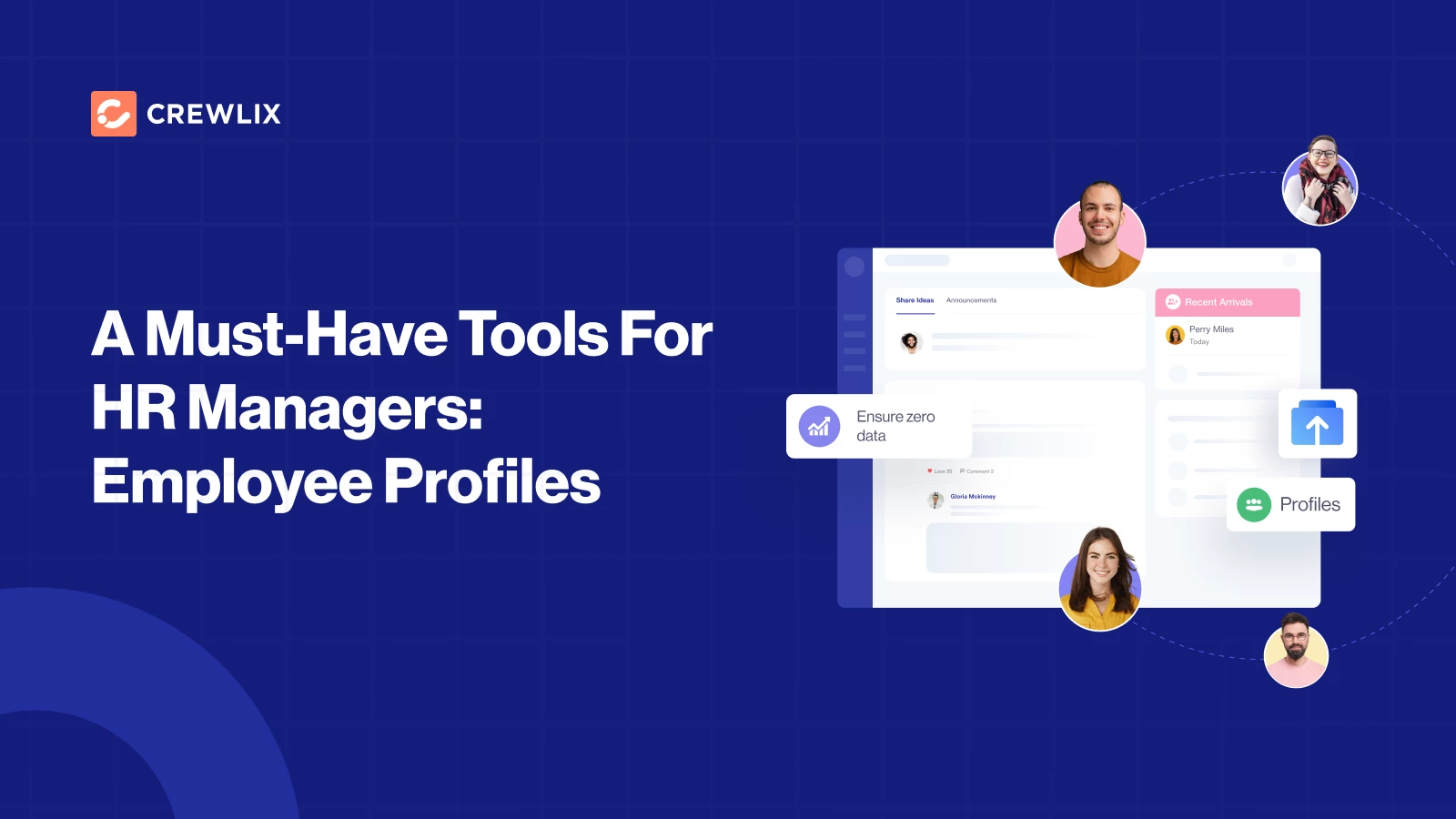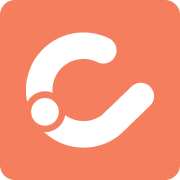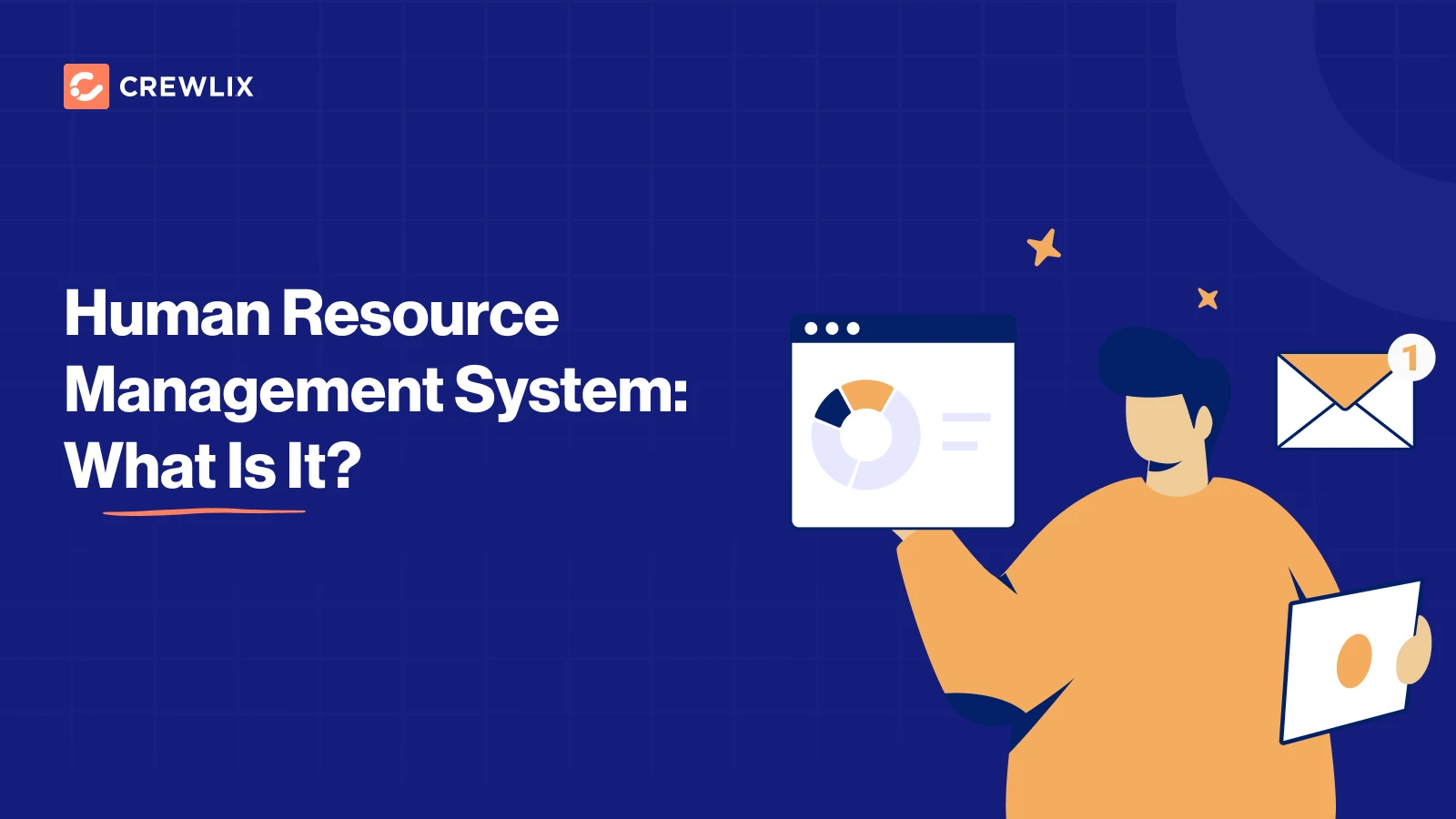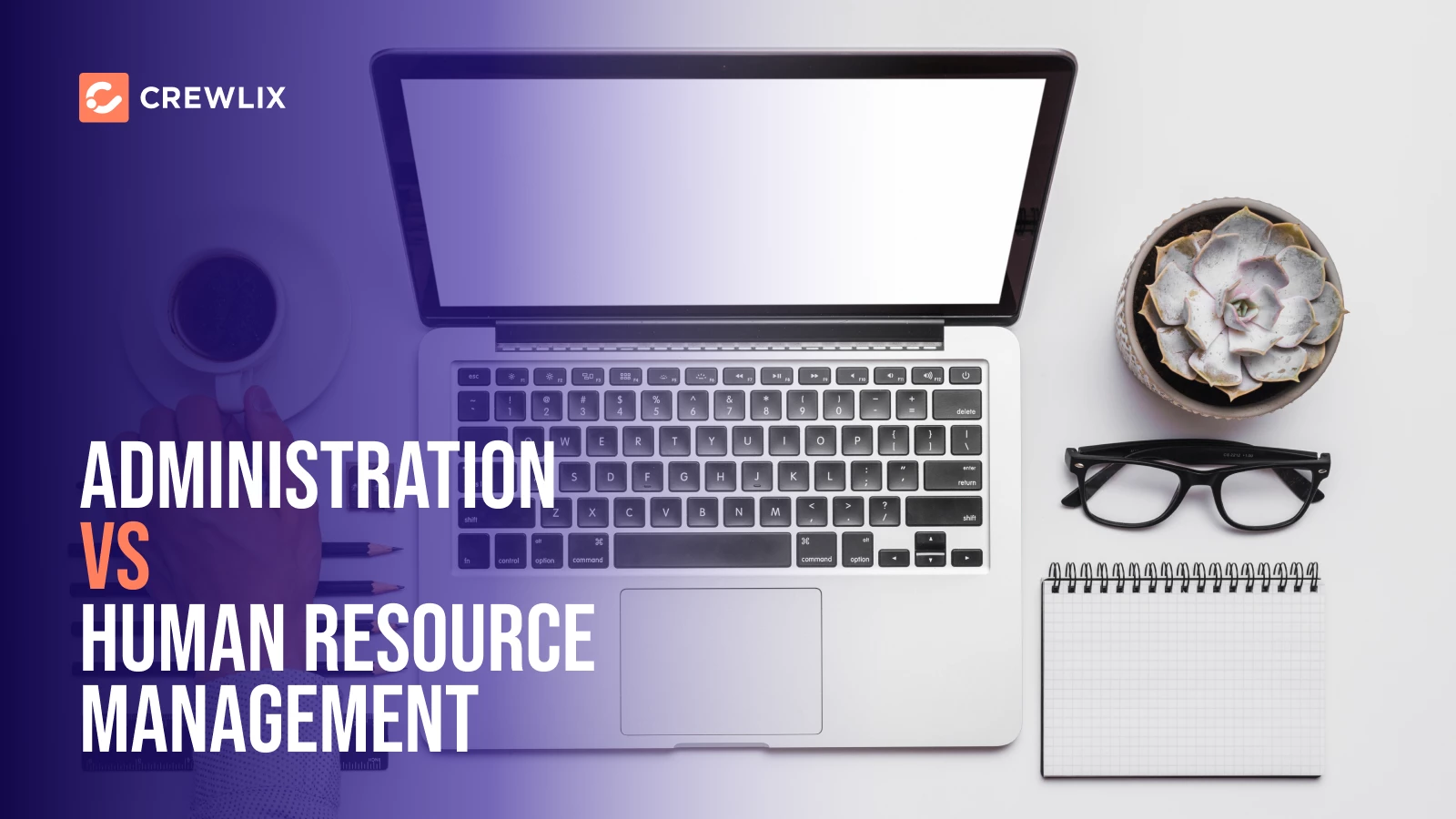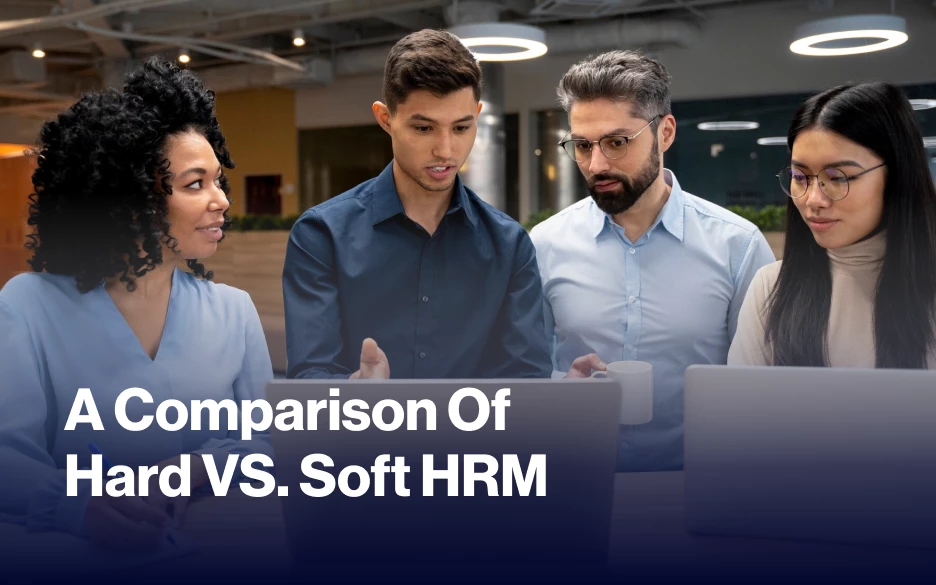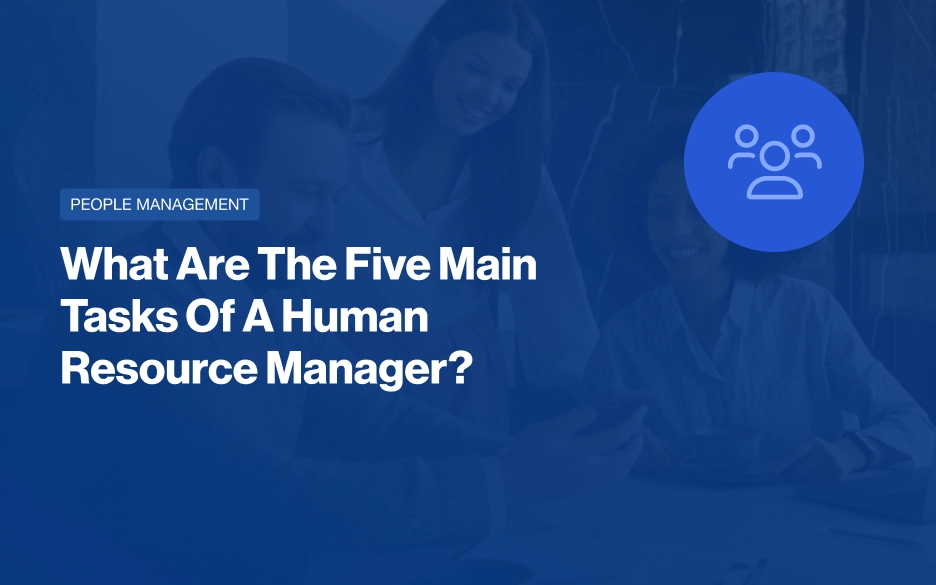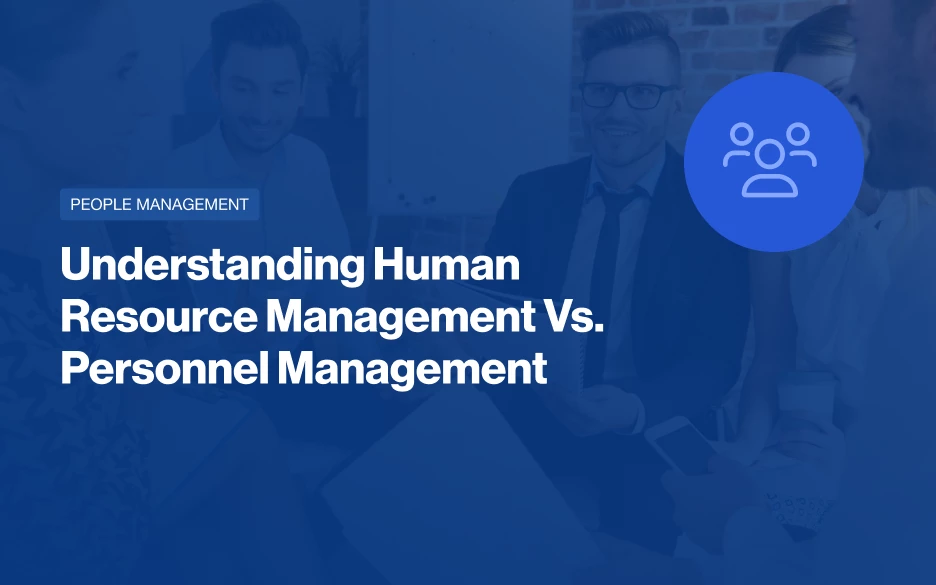People are the biggest asset of any organization, and managing people within a dynamic workforce is no small feat for an HR manager. In order to make the workflow easier for the decision-makers of an organization, numerous profile management tools are available on the market. Generally, these are a part of a Human Resource Information System (HRIS) software, and they do, in fact, save about 2 hours a day out of your productivity hours. (Source)
Before discussing the benefits of having a profile management system for your company, let’s define what a profile management system is.
What Is Profile Management?
Employee profiles are essentially a record-keeping hub for each individual in the organization. These profiles serve as a centralized data repository, enabling efficient management and utilization of personnel information. A user’s profile usually contains personal information, professional history, credentials, and adjacent settings.
You can create a profile for your team members to maintain their employment history with your organization and to delegate tasks efficiently. With the introduction of people profiles for your business, planning and implementing future projects is far more efficient.
Why Your Organization Needs A Profile Management System
There are countless reasons why you should opt for a profile management system, but here are the top few to consider–
To Maintain Compliance And Meet Legal Requirements
Meeting Compliance Standards: A comprehensive employee profile makes it easier to comply with labor laws and regulations by storing essential documents, such as contracts, work permits, and required training records (like safety requirements or harassment prevention mandatory awareness ).
Audit Readiness: Having all documentation organized and in compliance maintains a level of audit readiness at any point, whether during internal or external audits – plus reduces legal risks.
It’s A Centralized Hub Of Information
Centralized Data: Employee profiles have all the relevant employee information from personal details (like contact info and emergency contacts) to employment history (job titles, departments etc.) and professional qualifications (education, certification & training). With such kind of centralization, HR managers have immediate access to the information that they require without wasting time flipping through umpteen documents or systems.
Some Of The Advantages It Offers Include Ease Of Access: Digital employee profiles enable one to find information by sitting in any part and carrying on other HR tasks like working remotely or during non-working hours.
To Make Sound & Data-driven Decisions
Strategic Planning: With a wide array of information about employees, HR professionals can use this data to make sound conclusions on any matter concerning workforce management, such as recruitment, employee promotions, salaries, or even the planning of future recruitments. For example, the analysis and creation of relief strategies could be improved if you know turnover rates (you can make profiles for reasons).
Benchmarking: Analyzing employee data across departments or against industry standards can help inform HR strategy planning.
To Bring About Max Efficiency In HR Processes
Simplified Operations: Automation and centralization of employee data can take the administrative burden off HR managers, reducing human error and helping to create more time for strategic Human Resource Management initiatives that they would otherwise struggle with.
Easy To Onboard: Having a detailed profile can speed up the onboarding process and ensure that your new hires have all they need to know about their roles and responsibilities; hence you make them feel immediately integrated into the workplace.
‘Self-service’ Benefits For Your Team & You
When you implement a profile management system that includes self-service functionality, employees can review and update their own information independently of HR professionals.
After that, they will no longer be required to capture this information again, and as a bonus, data accuracy will be improved by removing human error. Inputting wrong details (such as incorrectly spelling names) ensures accurate results, saving time for employees and HR staff. People can also take care of standard operations on their own, such as inputting contact information or booking time away from work, without the need to wait for help from HR.
Final Thoughts
Employee profile systems sound high-tech, but they are changing how HR works. Such tools foster a unified data experience, streamline workflows, and afford staff more active involvement—ultimately crafting savvier HR departments with the agility to remain ahead of dynamic organizational curves.
Profile management is the way of the future, ushering in a new era where HR no longer acts as firefighters but rather visionaries. Since then, your employees will love it; you’ll wonder how you ever got by before. Join the HR revolution!
